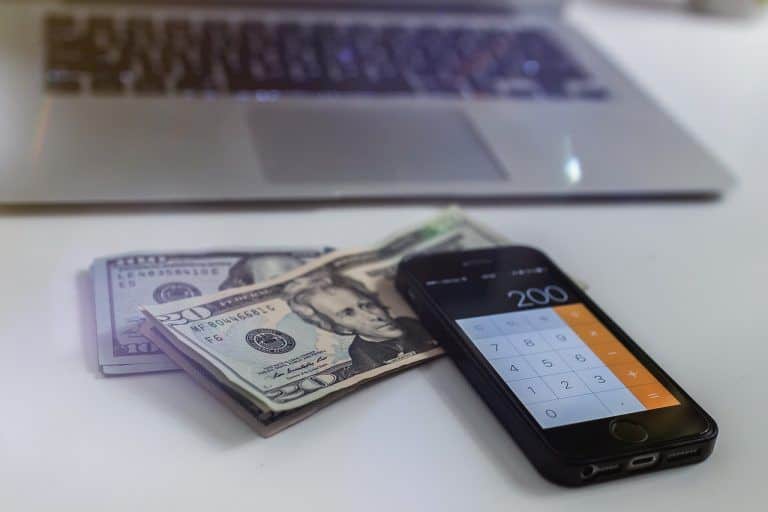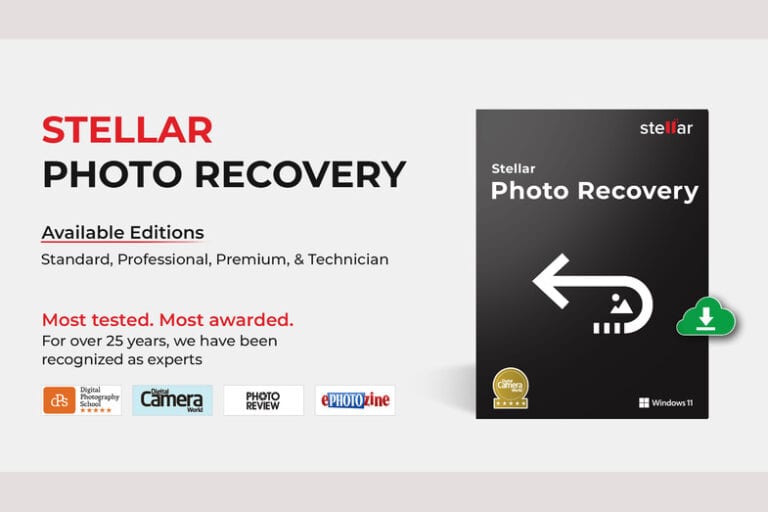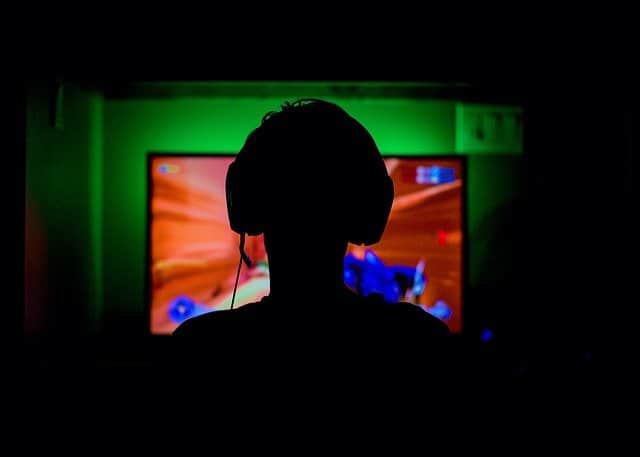5 Technological Inventions That Changed the Landscape of Medicine

The world of medicine has come a long way from the ancient days of bloodletting and crude tools. Over the years, mankind has been fortunate enough to have access to more advanced methods of treatment. Life expectancy and quality of life have both been greatly improved by technology.
Inventions in the medical field are of particular distinction because they are literally a matter of life and death. Creating them is challenging due to the rigorous quality checks they have to pass. However, when they do pan out, they make a mark in the world and change lives.
The following are some major inventions that transformed the practice of medicine.
Cardiopulmonary Bypass

The organs in your body need blood to function. Blood circulates oxygen to cells and keeps them alive, without it you are unlikely to survive. It is why the heart is so crucial, it maintains blood flow.
Particular types of heart surgery require your heart to be incapacitated for them to be performed effectively. Think of it like turning off a car’s engine in order to fix it. Except, in this case, the rest of the body still requires blood to stay alive.
Enter the cardiopulmonary bypass machine circa 1952 when two doctors first used it in surgery. They used cannulas to connect the patient’s blood flow to the bypass machine. It was designed to mimic the functions of the heart by oxygenating blood and pumping it back into the body. The surgery was successful and since then it continues to be used in open-heart surgeries including:
- Cardiac valve replacements
- Coronary artery bypass surgery
- Septal defect repairs
Ventilators
 The emergence of Covid-19 turned ventilators into prime currency. As you may know, one of the effects of the virus is hampered breathing which can be life-threatening when severe. Ventilators are built for exactly those kinds of occasions where patients need help breathing.
The emergence of Covid-19 turned ventilators into prime currency. As you may know, one of the effects of the virus is hampered breathing which can be life-threatening when severe. Ventilators are built for exactly those kinds of occasions where patients need help breathing.
There were many attempts to create a machine that could provide external ventilation. Treatments such as surgery required breathing support machinery because anesthesia limits lung performance. Incidentally, it was during a polio epidemic in Copenhagen that breakthroughs came along.
Modern ventilators are more intuitive in terms of breath intervals and the air capacity that they deliver. However, it was the ‘iron lung’ and other improvements by Bjorn Ibsen that lay the foundation for them. Surgery and intensive care owe a great debt to his indefatigable efforts.
Medical Scopes

Picture a world where every time one of your organs was ailing, your doctor would have to cut you open. How many surgical scars would you have? It was for such reasons that medical scopes were invented.
A scope is an instrument made of a long tube that has a camera and a light on its front end. During a diagnostic investigation, doctors usually insert them into bodily openings to assess internal organs. A screen is used to observe the path of the scope inside the body. In some cases, aside from diagnostic medicine, scopes are used for laparoscopic surgery.
Surgery is expensive and comes with a myriad of risks. Medical scopes minimize the need for exploratory surgery. They are effective for detecting obstructions, ulcers, and tumors among other problems. Unfortunately, due to repeated use among many patients, they are becoming sources of post-procedure infections.
Robotics

Source: https://www.pinterest.com/pin/860046860065775156/
Surgery is hinged on accuracy. The last thing you want is an errant blade near your aorta. Still, surgeons are human and some surgeries like those involving neurology or cardiac repairs are extremely sensitive. In fact, the first-ever use of medical robotics was for a neurological procedure.
In robotic surgery, a doctor uses a control panel where they direct robotic arms to cut and suture. The machines are optimized for accuracy and can maneuver through very small incisions. Almost all medical departments can use the method but operating doctors have to be trained and certified for it.
Due to how minimally invasive these kinds of operations are, post-surgical complications are significantly reduced. Most patients also report a shorter recovery period and an easier time nursing the keyhole scars.
Mobile Medical Devices
Initial versions of medical devices were often bulky and manually operated. They were also quite expensive such that only hospitals could afford them. However, thanks to technology, there are now portable instruments that even individual patients can have for personal use.
Blood pressure monitors

The technical term for them, sphygmomanometer, is quite a tongue-twister. Nevertheless, they are crucial devices that help you keep track of your blood pressure. Before innovative medical device companies like Raycome came along, personal blood pressure checks were unheard of. You had to visit your local doctor.
Today, monitors are developed to be much more accurate and portable. Additionally, they are digital and easy to use as long as you know how to check BP at home. Blood pressure issues no longer need to be a life sentence of hospital visits for readings.
Glucose meters

The best time to have glucose readings done is shortly after you wake up before any meals. If you are diabetic it is also advisable that you check your blood sugar when you notice:
- Perpetually thirst
- Extreme fatigue
- Palpitations
- Shortness of breath
The invention of the digital blood glucose meter was mired by controversy but to date, it remains a life-saving device. As opposed to going to a hospital every morning on an empty stomach, you can simply take your own readings at home.
Conclusion
It is easy to take medical equipment for granted until you happen to need them and lack access to them. The Coronavirus, for instance, has made the availability of ventilators a life or death issue. In some countries, doctors have even found themselves having to manually ventilate patients to keep them alive.
Surgery and so many kinds of patient care would be impossible in the absence of the right machinery. Doctors would be spread too thin performing more manual kinds of treatments. For each life saved by these and other medical inventions, we remain indebted to the brilliant minds behind them.





